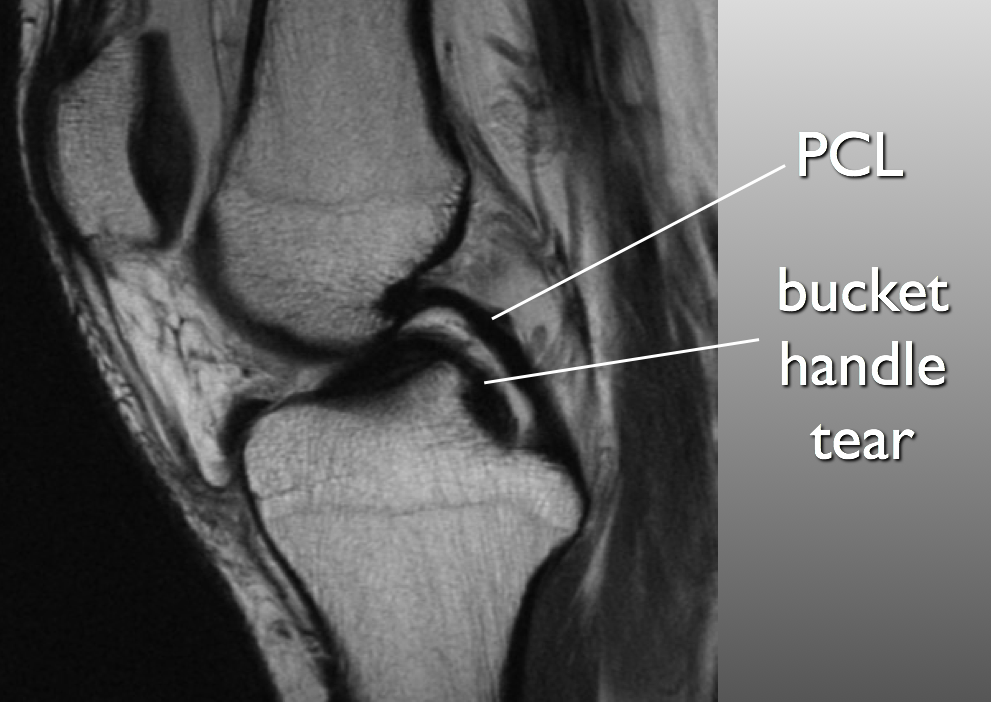There are many potential causes of a cerebral ring enhancing lesion and remembering them all can prove tricky. Well, that is unless you know the very handy and aptly named MAGIC DR mnemonic.
- M - Metastasis
- A - Abscess
- G - Glioblastoma multiforme
- I - Infarct (subacute phase)
- C - Contusion
- D - Demyelinating disease (eg. tumefactive MS)
- R - Radiation necrosis

Although you can’t possibly know by looking at the single images, for what it is worth, the above cases are; A = metastasis, B = abscess, C = radiation necrosis, D = GBM, E = demyelination, F = contusion.













 Unable to process the form. Check for errors and try again.
Unable to process the form. Check for errors and try again.